
About 17% of children and teenagers in the United States suffer from a mental disorder, according to a first-of-its-kind federal report.

About 17% of children and teenagers in the United States suffer from a mental disorder, according to a first-of-its-kind federal report.

Just 20 minutes of aerobic exercise provides significant benefits for kids with ADHD.

Investigators studied the relationship of attention-deficit/hyperactivity disorder (ADHD) in adolescence and adult physical and mental health, work performance, and financial stress.

Children exposed to ischemic-hypoxic events in utero are at increased risk of developing attention-deficit/hyperactivity disorder (ADHD), especially those born prematurely. The findings add to growing evidence that both prenatal and postnatal factors affect neurodevelopment.

One of the most feared outcomes in children and adolescents with ADHD is the development of alcohol or drug abuse or dependence, referred to here as substance use disorders (SUD).

Each year in this country, physicians prescribe medications to treat ADHD in nearly 3 million children. The safety of these agents has been the subject of some debate.

The US Food and Drug Administration (FDA) has approved extended-release methylphenidate hydrochloride oral suspension for the treatment of attention-deficit/hyperactivity disorder (ADHD). Efficacy was determined in a randomized, double-blind, crossover study that showed improvement for both attention and behavior metrics for up to 12 hours in children aged 6 to 12 years diagnosed with ADHD compared with placebo. The once-daily treatment will be available in January 2013.

Mind-enhancement medications usually enhance everyone who uses them, not just those experiencing the most problems.

Earlier treatment of attention-deficit/hyperactivity disorder (ADHD) with stimulant drugs may reduce the risk of academic decline, especially in mathematics, a new study suggests. What are the relative benefits for girls and boys? More >>

Childhood absence epilepsy is distinct from partial epilepsy and is often misdiagnosed as ADD/ADHD. It is one of the most common types of pediatric seizure.

A study of Canadian children found that the youngest children in the class are significantly more likely to be diagnosed with attention-deficit/hyperactivity disorder (ADHD) and prescribed medication than their peers in the same grade. Find out why overdiagnosis and overprescribing are a concern.

Results of a survey of AAP members show that most US pediatricians bypass an ECG before starting children on stimulant medication for ADHD, opting for a routine cardiac history and physical examination instead. Find out how perceived barriers to cardiac screening influence clinical practice.
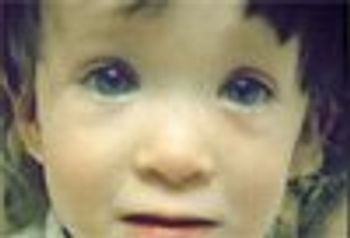
A 2-year-old girl has been followed for developmental delays and slow weight gain by her pediatrician and early childhood intervention therapists. The 17-year-old, first-time mother was also a runaway and had avoided early prenatal care. More details and questions for you, here.

Evaluations for attention-deficit/hyperactivity disorder (ADHD) should begin in children at 4 years and continue until 18 years, which significantly expands the age range for recommended screening. Released at the American Academy of Pediatrics National Conference in Boston, Massachusetts, the clinical practice guidelines recommend behavioral interventions as the first-line treatment in preschool children. The guidelines also have some new suggestions related to methylphenidate treatment for children younger than 6 years.
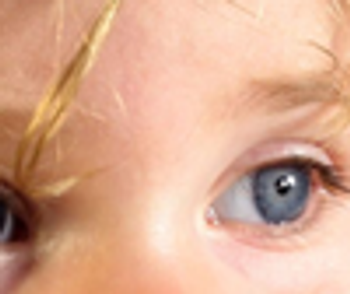
Despite its caveats and good intentions, the AAP guideline will surely invite an inappropriate glut of medication for preschoolers . . .


Here?s some new information that can help when you?re determining whom to screen for attention-deficit/hyperactivity disorder: ADHD prevalence has increased to 10% for children with family income less than 100% of the poverty level and to 11% for those with family income between 100% and 199% of the poverty level compared with a 7% to 9% overall increase, according to a National Center for Health Statistics report. Read more to find out what other indicators were linked with above-average increases in the disorder?s prevalence.
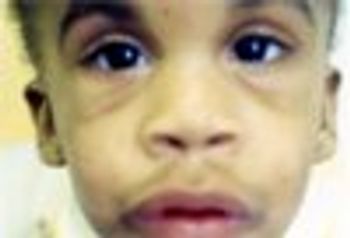
This 1-year-old African-American boy is being followed for developmental delays. His 35-year-old mother has no known health problems, and this was her third pregnancy.Premature delivery at 27 weeks was uncomplicated, yielding appropriate birth weight and Dubowitz scores for gestational age.
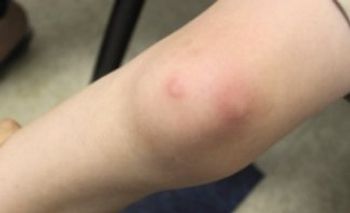
A 5-year old boy presented with these nonpruritic nonsuppurative painful erythematous nodules on his lower extremities. The rash had appeared about 1 week after the onset of a dry hacking cough.
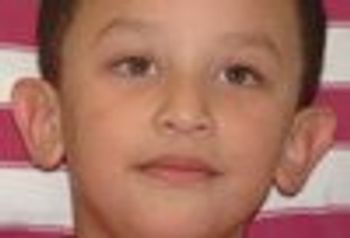
Bernard B is 4-years-old and has been followed by his pediatrician for a diagnosis of motor and speech delay.

Findings of a population-based cohort study indicate that a low Apgar score at 5 minutes in newborns is associated with a higher risk of attention-deficit/hyperactivity disorder (ADHD) in childhood.

Atomoxetine is well tolerated and reduces core attention-deficit/hyperactivity disorder (ADHD) symptoms in preschool children, according to a study reported in Pediatrics.

I think it would be very difficult to give parents advice on childhood behavior based on the little snippet

In a conference last week, President Obama announced a new Web site http://stopbullying.gov to help raise awareness about the issue. This is part of an effort to encourage cooperation between government agencies and educators to protect children from bullying based on race, ethnicity, disability, or sexuality. Are you an advocate for prevention? Share your antibullying efforts with colleagues.

It is estimated that about 20% of children and adolescents meet criteria for a mental health disorder, and a high percentage of these youths are impaired by disruptive behavior problems.